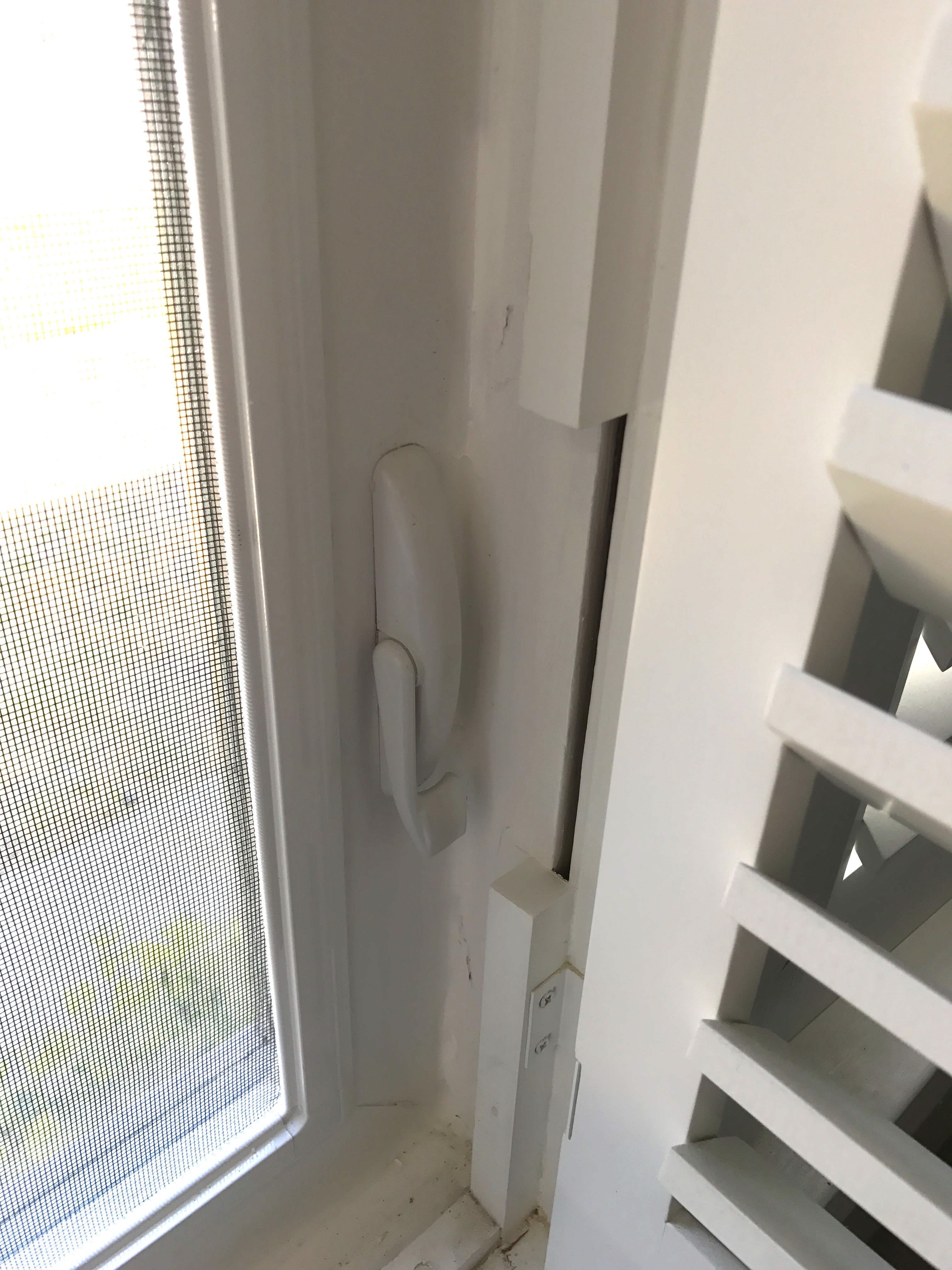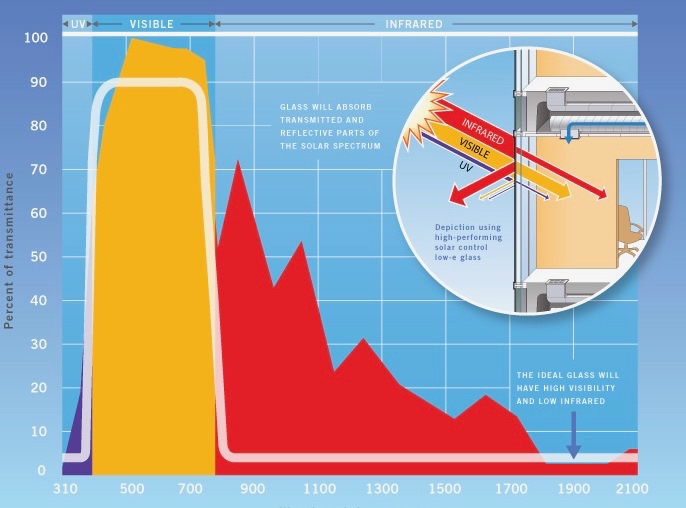As an owner of an older house, my wife and I gradually make updates and improvements. We’re modestly handy (Liz more so than me) so we tackle some things ourselves. However, we contract out bigger projects that require expertise, and our latest endeavor is new window installation. We live on a busy corner, so we hear everything outside. We even hear conversations of passerbys as if they’re in our living room. Although our windows are double paned, they’re old, aluminum, and don’t latch well. We were looking to shore up our soundproofing, and if we get some energy efficiency improvements, then it’s a bonus. I wanted to document some of the things we learned if/when we have to do this again. I should reiterate that I am not any sort of carpenter/craftsman/handyman, so please take this all with a grain of salt.
Types of windows
- Picture Frame: Window that doesn’t open or move.
- Single hung: Window is divided into a top and bottom. The top is fixed, but the bottom moves up and down.
- Double hung: Like Single hung, but both the top and bottom can move up and down.
- Casement: Window that opens like a door by turning a crank.
- Awning: Window that opens like a casement, except the hinge is on top.
- Hopper: Opens like Awning, except the hinge is at the bottom.
Window materials
- Wood is more expensive, but an efficient insulator. Requires more maintenance to retain beauty and efficiency.
- Vinyl is less expensive than wood. It’s efficient, and does not require maintenance. Resistant to scratching, fading, and corrosion. This seems to be the standard choice for replacement windows.
- Aluminum is not a great insulator, so it’s not great for climates with more extreme temperatures. Allows more light because of the thinner frames. Apparently, they can also be more impact-proof, so it’s useful for hurricane prone areas. Source
Features
- Paned-ness: (I made this word up) Double paned (also double glazed) windows are literally two panes of glass with a small gap between them. Sometimes, it’s hard to tell if glass is double paned. One trick is to hold a lighter flame near the window, and you should see a reflection of the flame for every pane of glass. This tip can get a little confusing, because you might see two very slightly offset reflections per pane (I think one is for the inside and outside of a pane). Try doing this trick with a glass cup first and you’ll start to understand what you’re looking for. Oh, and yes, there are triple paned windows. From what I can tell, this might be overkill unless you live near a particularly loud area like a highway.
- Tempered glass is significantly stronger, and will shatter into pebbles instead of sharp shards. Car windshields are tempered. Any installer worth their salt will know where to insist on tempered glass. From my understanding, tempered glass should be used if the window is near the ground, near doors, in doors, in especially large windows, or near anything else that could impact it. The usage of tempered class is usually required by building code.
- Laminated Glass has a thin, clear, inner vinyl layer. This improves soundproofing, makes the window more impact resistant, and resistant to glass cutters. Source
- Thicker glass: You can opt to have one of the panes be thicker to improve soundproofing. We had one 1/8” pane and one 3/16” pane.
- Argon gas: The gap between the windows is typically filled with argon gas. There are several advantages including improved efficiency and soundproofing.
- Low-E is a thin covering over the window that improves energy efficiency and heat transfer. It has a very subtle effect on the color, but it’s not noticeable. Aside from this, there’s almost no disadvantage from getting the Low-E coating. It minimizes the amount of ultraviolet and infrared light that can pass through glass with minimal compromise to the visible light spectrum. After installation, we have noticed on hot days it fortunately takes much longer for the house to heat up. For what it’s worth, there is also Low-E3 which has improved energy efficiency qualities, but has a much more noticeable tint.
Grids
- Sculptured grids are fancier, more expensive, aesthetically pleasing grids that have more depth to them. Since we had laminated windows with thicker glass this wasn’t an option.
- Colonial grid divides your windows up into roughly equal rectangles.
- Cottage grid has a row of rectangles at the top of the window.
Measurements
- U-factor: The rate at which a window, door, etc conducts non-solar heat flow. The lower the U-factor, the more energy-efficient the window, door, or skylight.
- Solar Heat Gain Coefficient: the fraction of solar radiation admitted through a window
- Visible transmittance: Fraction of visible spectrum the light lets in.
- Source
Other things of note
- Painting windows: From my experience vinyl windows come in white, and if you want it a different paint job it’ll cost you. We made the mistake of assuming it wouldn’t be much of an extra charge, but it turns out it’s an expensive, non-trivial process. It actually resulted in a significant delay for our window delivery. If we had to do it all over, I would’ve asked for an estimate that included paint color ahead of time.
- Screens are almost always included with windows and are typically easy to remove. Obviously, it’ll make the appearance of the windows darker.
- Shutters can potentially cause problems for casement windows because the lock and crank can interfere with the shutter frame. Fortunately, we had enough room, but we had to cut a notch out of our shutter frames to accommodate the lock. See pic below.
- Egress code that dictates how much a window must open in a bedroom in order to escape a fire or other emergency.
- Installers: A top of the line window installed poorly won’t function as a top of the line window. It’s worth doing research and meeting some contractors to find a good installer.

TL;DR
We went with casement windows with colonial grids and a couple sliding windows with cottage grids. The locking mechanism keeps them firmly closed, and the casement met egress standards. All the windows we purchased are vinyl but painted bronze on the outside, double paned with a thicker glass pane, laminated, and filled with argon gas. The windows near doors are tempered. Admittedly, we didn’t get deep into the details of U-factor or SHGC, but the specs seemed fine and met Energy Star standards.


